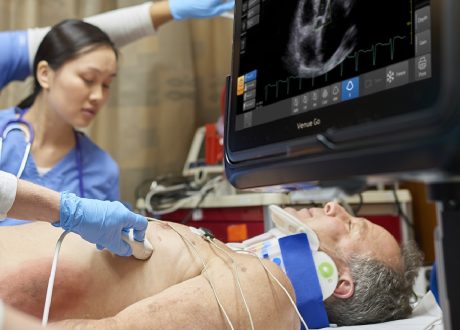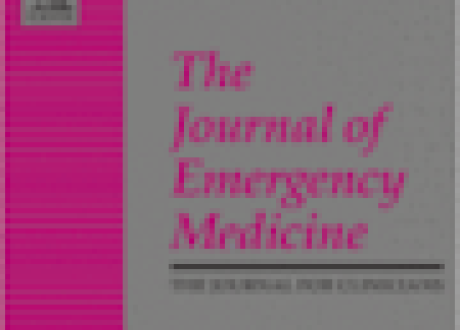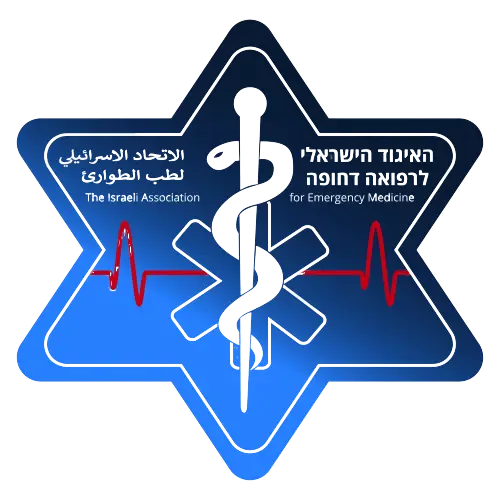Written by Clay Smith
Update 5/5/22, 11:20 AM Central, post amended: Thanks to our former Vanderbilt resident, now EMS fellow at UPMC – Philip Walker, I have been made aware that the new 2021 Field Triage Guidelines were just released last week and incorporate some of the things this article was calling for in them! Thanks, Philip!
Spoon Feed
Mechanism of injury and special consideration criteria are important in predicting trauma severity, but some criteria may need to be dropped and others added to current field triage guidelines. Turns, out the 2021 guidelines do!
Why does this matter?
The most recent prior 2011 CDC Field Triage Guidelines (FTG) for EMS, developed by the American College of Surgeons, use Step 1 – physiologic, Step 2 – anatomic, Step 3 – mechanism, and Step 4 – special considerations to triage trauma transfers. We want the highest acuity patients seen at the highest level trauma centers but would like to avoid over- and undertriage. Do mechanism and special consideration criteria (i.e. age, anticoagulant use, comorbidities, pregnancy, and provider judgment) matter in EMS triage decisions?
We’re runnin’ one-time with a 45 year old male, ICD-10 W61.62X – struck by duck, subsequent encounter…
This was a systematic review of 42 studies. They quantitatively synthesized data and used likelihood ratios and adjusted odds ratios where they could. They did not perform meta-analyses, as there was too much variability in risk factor and outcomes reporting.
The best predictors of serious injury were:
- death in the same vehicle (LR+ 2.2-7.4)
- ejection (aOR 3.2-266.2)
- extrication (LR+ 1.1-6.6)
- lack of seat belt use (aOR 4.4-11.3)
- high speeds (aOR 2.0-2.9)
- concerning crash variables identified by vehicle telemetry systems (LR+ 4.7-22.2)
- falls from height (LR+ 2.4-5.9)
- axial load or diving (aOR 2.5-17.6)
Less important or inconsistent predictors of serious injury were:
- vehicle intrusion (LR+ 0.8-7.2)
- cardiopulmonary or neurologic comorbidities (LR+ 0.8-3.1)
- older age (LR+ 0.6-6.8)
- anticoagulant use (LR+ 1.1-1.8)
Authors noted several items in the 2011 FTG were not good predictors: vehicle intrusion, EMS provider judgment, and pedestrian injuries (hit by a vehicle, thrown, run over, or struck with speed > 20 mph).
On the other hand, they found the following variable likely should be included in new iterations of the FTG: speed > 55 mph, extrication, diving or axial load injuries, and certain neurological or cardiac comorbidities.
We emphasize the physiological impacts of the injury on hemodynamics or on mental status more that mechanism, at least in my institution. This study suggests mechanism really matters. I’m still not sure if these factors should alter the EMS level 1 or level 2 criteria in isolation, especially if the patient has normal vitals and mental status, but these factors will certainly carry weight in my mind as I consider the extent of the ED workup and imaging I order.
Source
Mechanism of Injury and Special Considerations as Predictive of Serious Injury: A Systematic Review. Acad Emerg Med. 2022 Mar 23. doi: 10.1111/acem.14489. Online ahead of print.










